A completely new way of generating electricity has recently been discovered by engineers at MIT. They found that they could use an organic solvent to simply draw electrons out of carbon nanoparticles. This generates a current that can be used to drive chemical reactions, or even to power micro- or nanoscale robots, the researchers say.
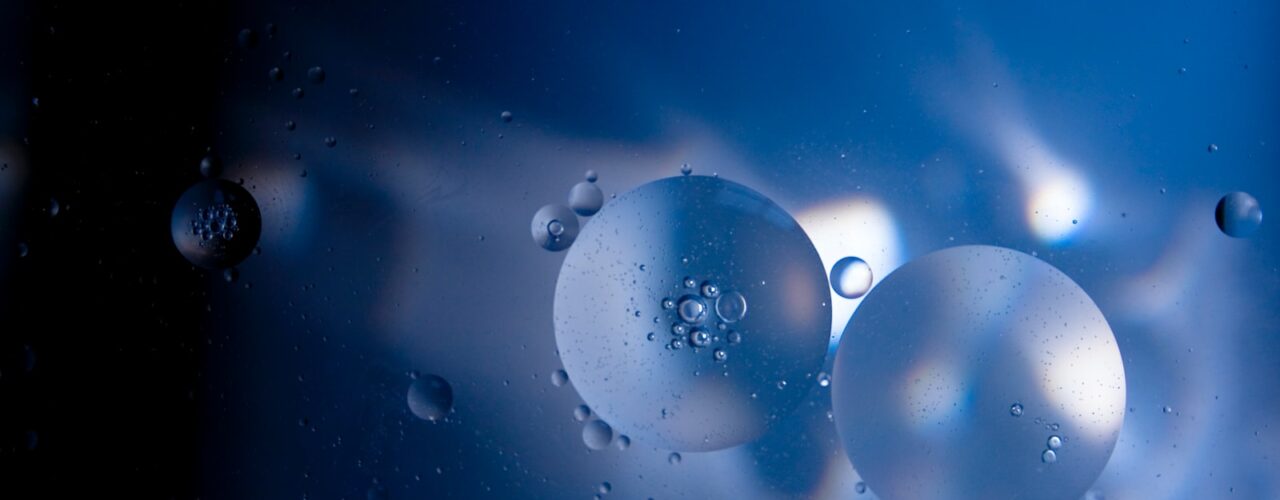
So what
This work opens up two interesting possibilities. The first is creating a polymer material that builds and regenerates itself (via chemical reactions) from carbon dioxide and light, in a similar way to plants. The second, longer term possibility, is to allow nanobots to be built that can scavenge energy from their environment, instead of needing their own energy storage – which could really significantly extend the range of applications for them.
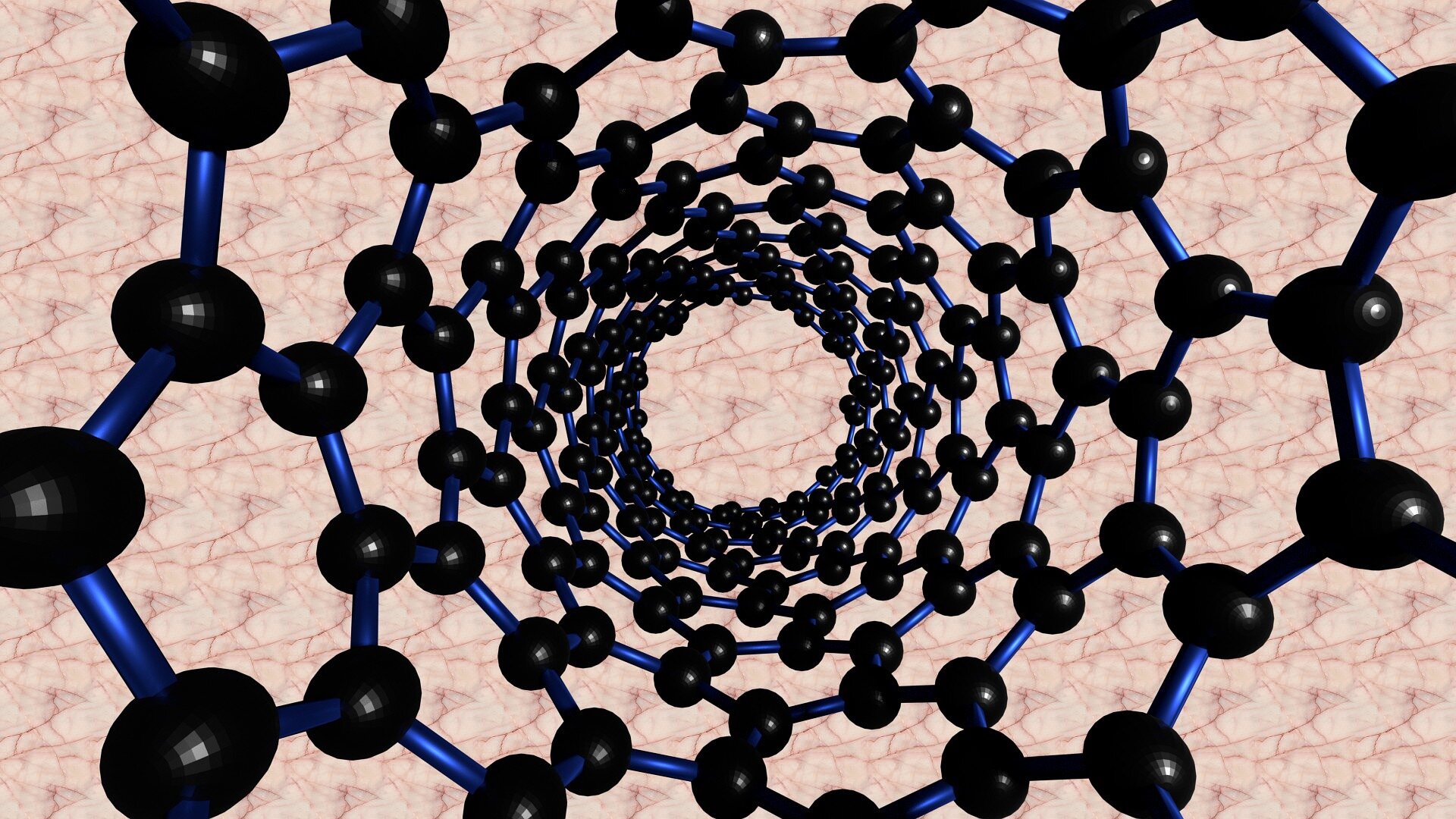




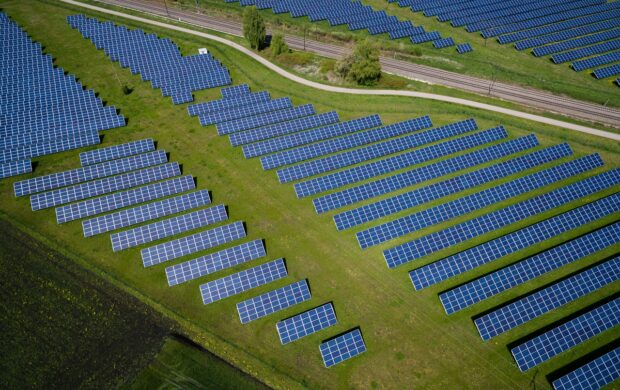
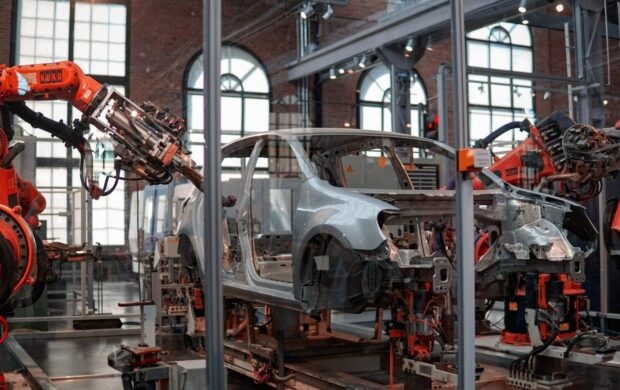
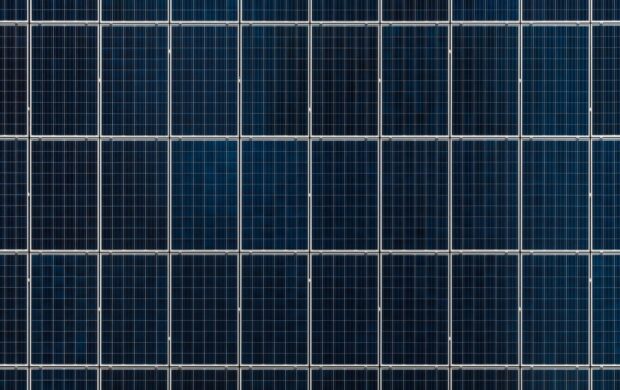



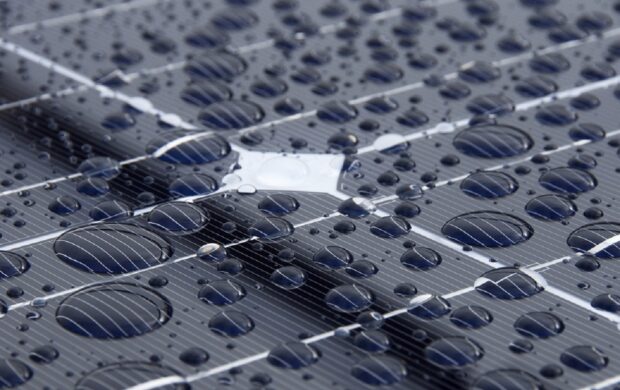

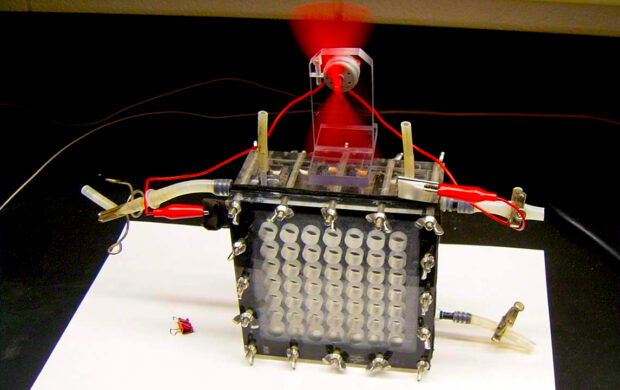



Join discussion